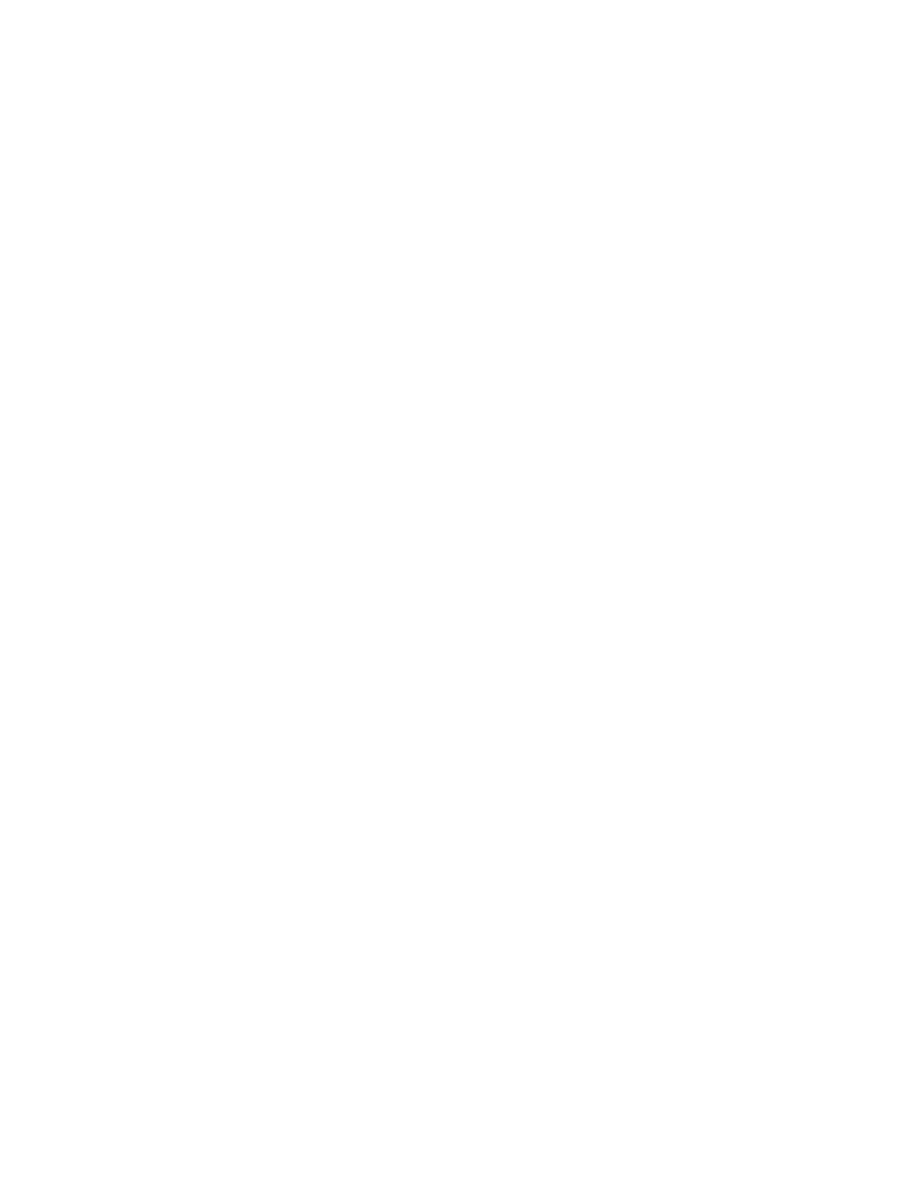
DOFMaster
for Windows
On-line
Depth of Field
Calculator
DOFMaster for Mobile Devices
On-line
Depth of Field
Table
Hyperfocal
Distance Chart
Articles
FAQ
Recommended
Books
Support
Contact
Links
Home
for Windows
On-line
Depth of Field
Calculator
DOFMaster for Mobile Devices
On-line
Depth of Field
Table
Hyperfocal
Distance Chart
Articles
FAQ
Recommended
Books
Support
Contact
Links
Home
As an Amazon Associate I earn from qualifying purchases.
![]()
original with a weak, faded image should be copied with
applications, they are not performed in most Navy
imaging facilities, but are still worth mentioning. These
methods involve the use of infrared and ultraviolet
radiation and special types of films.
or altered documents. This is possible because similar
appearing materials can reflect and transmit invisible
infrared radiation in different amounts. For example,
two ink signatures may appear identical to the eye.
However, when photographed with an infrared film, the
two signatures may appear totally different.
because infrared film is sensitive to visible light as well
as infrared radiation. The infrared filter absorbs the
visible light so the film image is produced entirely with
infrared radiation. For specific filter recommendations,
consult the data supplied with the film or the Photo-Lab
Index.
visible light. Therefore, a slight increase in lens-to-film
distance is necessary. A separate focusing scale for
infrared is indicated on the focusing scale of most lenses.
restoration or alteration of artwork because different
materials reflect or fluoresce different amounts of
ultraviolet radiation.
ultraviolet absorbed by a material may be overlooked as
visible light or fluorescence. Such photography in
darkness is possible only when a material is illuminated
Uviarc. The fluorescence from a material illuminated
a No. 2A (pale yellow) filter to absorb the stronger UV
reflections. A recommended film to use for ultraviolet
photography is Kodak Contrast Process Ortho film.
Exposure tests should be conducted to determine the
best exposure for an ultraviolet copy setup.
transmit visible light that does not permit photographing
a fluorescing original.
photographed (copied) by reflected light.
of the copy setup can range from the space necessary to
attach the original to a wall and make the copy photo
with a tripod-mounted camera, to a copy setup which
fills two rooms- one containing the camera back and
darkroom and the other the copyboard. Regardless of
the different copy setups possible for reflection
originals, the copying techniques are the same with few
exceptions. In general, the procedures used for copy
work are placing the original on the copyboard, aligning
the optical axis of the lens with the original, lighting the
original, focusing the lens, calculating the exposure, and
exposing the film.
THE COPYBOARD
attaching the original could be spring clips, small bar
magnets, thumbtacks or pushpins, a hinged glass frame,
a sheet of glass, vacuum, and so forth. When thumbtacks
or pushpins are used, be sure not to punch holes in the
original. For high volume copy, a vacuum copyboard
allows a more rapid change and positioning of originals
on the copyboard.
original in place.
LENS WITH THE ORIGINAL
Basic Photography Course

As an Amazon Associate I earn from qualifying purchases.
WWW.DOFMASTER.COM
© 2006 Don Fleming. All rights reserved.
© 2006 Don Fleming. All rights reserved.